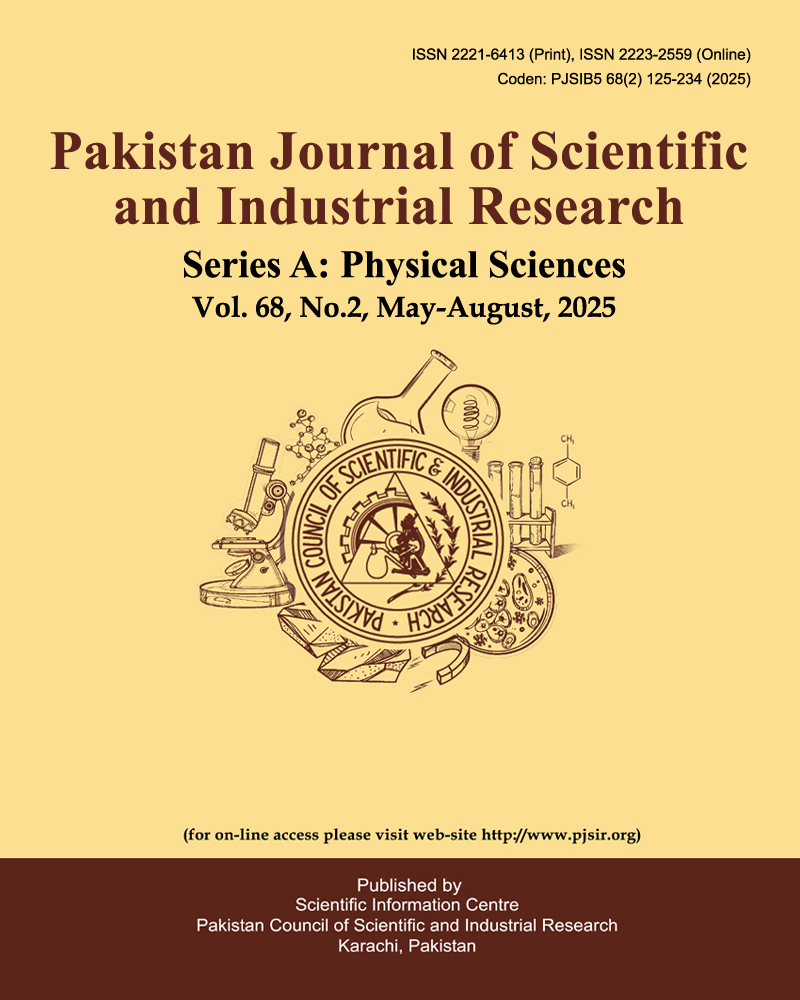An Investigation of Heavy Metal Content in Commercially Available Powdered Spices and Recipe Mixes in Karachi
Presence of Heavy Metals in Mix Recipe Spices
Abstract
In Pakistani cuisine, there is a broad usage of commercially available powdered spices to enhance aroma and flavour of the food, most of Pakistanis use commercially available powder spices both branded and un-branded. The branded powder spices and recipe mix powder spices are available in aluminum laminated bags that enclosed in cardboard boxes whereas the un-branded powder spices and recipe mix powders are packed in polyethene bags. The recent study to examine the concentrations of heavy metals (Cu, Ni, Fe, Co, Mn, Cd and Pb) in sixteen samples of spices and recipe mix powders that were purchased from local markets and super stores located in Karachi city of Pakistan. Each sample was first digested by wet digestion and then the levels of heavy metals in samples were analyzed through flame atomic absorption spectrophotometer (FAAS). The data obtained was then compared with the permissible limits and recommended by Food and Agriculture Organization (FAO) and World Health Organization (WHO) for the samples studied. The average concentrations of heavy metals as Cu ranges from (0.0345-0.345) ppm, Fe ranges from (0.242-5.76) ppm, Ni ranges from (0-1.653) ppm, Pb ranges from (0-3.221) ppm, Co ranges from (0.05-1.529) ppm, Cd ranges from (0-0.551) ppm, Mn detected in the range of (1.195- 7.018) ppm and As detected in the range from (0-0.005) ppm. The order of maximum level of heavy metals detected in spice samples are Mn>Fe>Pb>Ni>Co>Cu>Cd>As. Most of these values are within the maximum permissible limits as recommended by FAO/WHO and can be considered acceptable for all the samples studied, while in a few samples the levels of certain heavy metals are exceeding the allowable limits by FAO and WHO.


